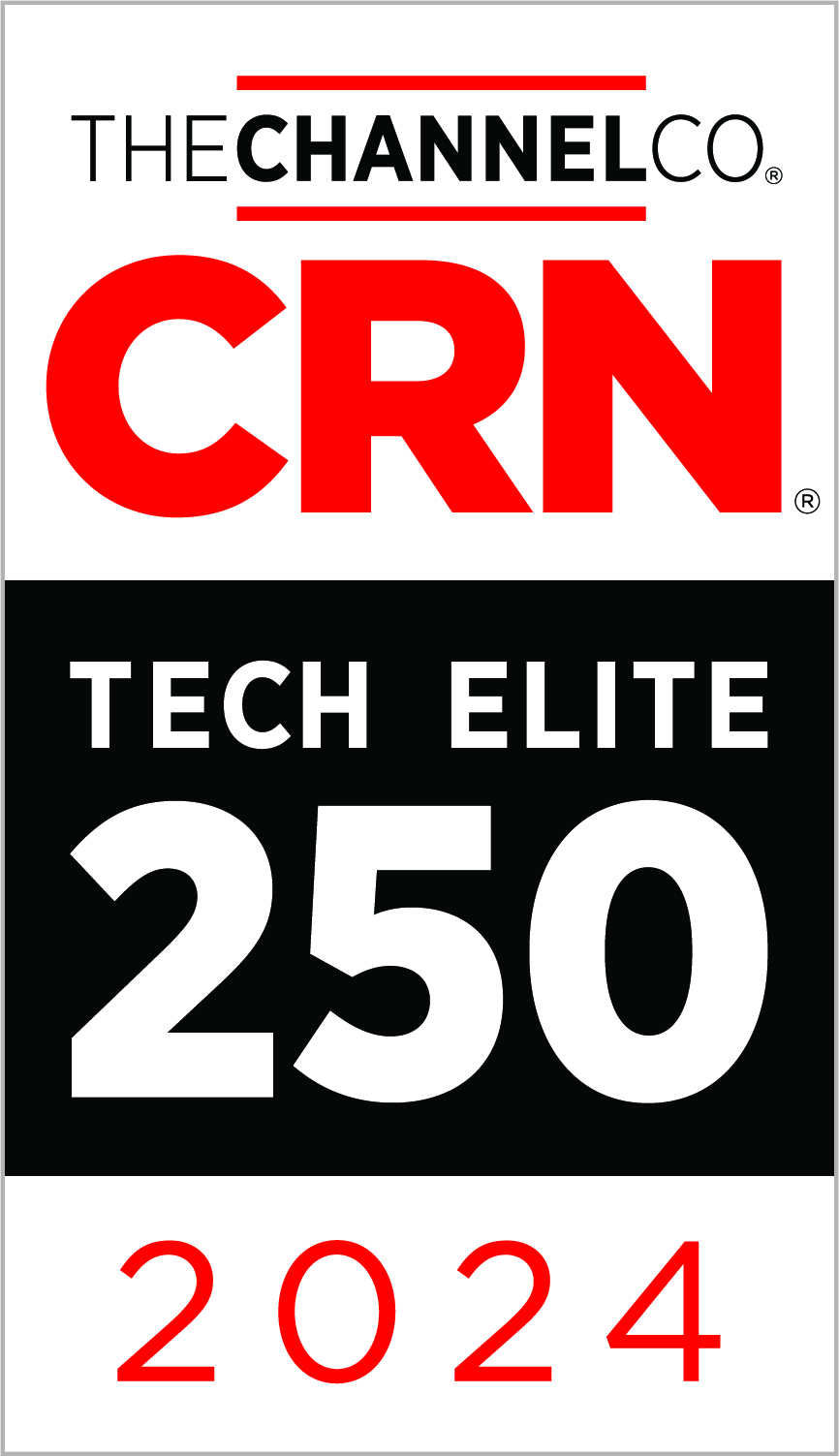It's Your Move

Over the years, we have been asked to help our customers physically move all or parts of their IT Infrastructure. Some of these moves were within the same building, some across the street or campus, and others across the country. The move could be between on-premise data centers or it could be from an on-premise data center to a co-location facility. Truth is, in today’s Cloud-minded world, we are now being asked to move all or part of an IT Infrastructure from on-premise or co-location facilities to the Cloud. In all cases we can help. However, the focus of this post is about moving your physical infrastructure from one location to another. Consider this post a “lessons learned” from our experiences and those of our clients.
Reasons for performing a physical move are many. Perhaps your company is relocating to another building, you have outgrown your current data center, or perhaps you have consolidated and no longer need the space you once did. Whatever the reason, moving your physical IT Infrastructure deserves a lot of planning and preparation before the first wire tie is cut or the first network cable is unplugged. All too often, we find far too little time put into the planning phase and this can lead to a much longer maintenance window then expected at best or a complete catastrophe at worst.
Where to begin?
We like to start by taking an inventory of the equipment to be moved. If you already have an inventory, it is worthwhile to check your inventory against what’s actually in the rack(s). Equipment gets changed over the years and the changes aren’t always documented. The inventory should include description, model, serial number, dimensions, and weight. The dimensions and weight are used when requesting proposals from moving companies.
For each piece of equipment in the inventory, it is important to understand what support and/or warranty is active. Does the manufacturer require a move certification process to maintain the warranty or support? What information will the manufacturer require to document the equipment’s new location? Contacting the manufacturers and moving companies early in the planning stage will avoid missed deadlines and unsupported equipment.
You may also want to capture power and cooling specifications for each piece of equipment on the inventory. Whether you are moving to your own facility or to a co-location facility, understanding the power and cooling requirements is essential. For companies moving to their own facilities, it will be extremely important to get the power and cooling requirements calculated and communicated to the HVAC engineers and Electricians early in the process.
After you collect the basic information, create or review a current logical diagram of the infrastructure so you can visualize how equipment is connected. Use this diagram as a basis to document IP Addressing, Application dependencies, etc. The information documented in this step will be essential to developing the shutdown and startup processes. This information will help you foresee areas where you may have trouble integrating into the new location.
Using the inventory and logical diagram for your existing environment, you can develop a diagram for what your destination should look like. This is also the point at which you should contact your internet service providers, phone providers, cable installers and the facilities and networking teams for the co-location facilities. Again, contacting these services providers early in the process is critical to a successful move. Internet providers alone could require anywhere from 30 to 90 days to switch your service.
So, to start any move you should:
- Understand what you have (model, serial number, specifications)
- Be clear about the level of warranty/support and manufacturer requirements for moving the equipment.
- Create a logical diagram for the existing environment and for the new environment
- Contact the appropriate service providers:
- Moving Companies
- Manufacturers
- Cable Installers
- Electricians
- Internet Providers
- HVAC Companies
While these beginning steps may all sound obvious, they are not always given the time and attention they deserve. Trust me, being attentive to the details at this stage will be time well spent. Your chances of a successful, less stressful move will be greatly improved by careful preparation.
What next?
 So, you’ve documented what you have and you’ve notified the appropriate services providers, while you’re waiting on their responses, it’s time to start building the plan. As you engage with each of the services providers your plan may need modification, but, that shouldn’t stop you from getting started.
So, you’ve documented what you have and you’ve notified the appropriate services providers, while you’re waiting on their responses, it’s time to start building the plan. As you engage with each of the services providers your plan may need modification, but, that shouldn’t stop you from getting started.
First, using the inventory and logical drawings produced in the beginning, you should build a diagram for how equipment will be laid out in the new rack(s). This will expedite the unpacking and installation after your equipment is delivered to the new location. With a clear diagram for what gets installed and where, you won’t need to figure that out the day of the move.
The rest of your plan should include the following:
- A list of individuals who will be involved in the move, including the various services providers. This list should include their roles and contact information. Don’t forget to include the names and contact information for support personnel from the hardware and software providers.
- If your IP Addressing is going to change, include a list of equipment with the existing IP Addressing displayed next to the new IP Addressing. If there are no changes, you still need a list of IP Addresses and what equipment/devices they belong to.
- Make sure you have documented all usernames and passwords to get into the equipment for shutdown and startup.
- Make a list of device configuration files that need to be backed up or documented. Understand how to restore these configurations in the event of the need to replace the equipment or if a configuration is lost in some other way.
- Review your data backups and determine how you will provide for a current backup in case of data loss. Make sure you have a documented the process for restoring your data backups.
- Develop a checklist for the shutdown process and the startup process.
- Include an item on your plan for checking in the equipment based on the inventory list.
- Develop a checklist for testing devices once they are powered up at the new location.
- Develop a checklist for error log review prior to putting the equipment back into Production.
- Create a timeline that includes:
- Date to perform final data backup
- Date to backup configuration files
- Date to check events and errors prior to the move
- Time to troubleshoot potential errors found during pre-move event log review
- Dates by which each service provider affirms their readiness
- Date for walk-thru of the destination site
- Date for pre-move meeting for the team to discuss the move process
- Date and time for shutdown and equipment to be uninstalled
- Date and time for movers to be onsite at existing facility and projected time for their arrival at the new facility
- Estimated time to receive the new equipment, get it installed and perform startup
- Estimated time by which the equipment will be in production
While the time estimates may not be exact, they are important here as they can provide early indications of whether you are ahead of or behind schedule.
- Create a communication plan for notifying users of the move. The communication should include outage window, what to expect before and after the move and who to contact for questions.
- Create a contingency plan for some of the major obstacles such as, internet service delay, damaged equipment, etc. The best planned move can still run into issues, but, if you’ve already run through some of the likely scenarios, you won’t be as panicked if they happen.
Simple as that
I know, this seems like a lot of work. But all the preparation will reduce your stress overall and, most importantly, will get your systems back into Production sooner and with less disruption.
Download our Data Center Moving Checklist for your next move!
Categories
Search
Blog Categories
Related Resources
Archives
- July 2024
- June 2024
- May 2024
- April 2024
- March 2024
- January 2024
- October 2023
- September 2023
- August 2023
- July 2023
- June 2023
- May 2023
- April 2023
- March 2023
- February 2023
- January 2023
- October 2022
- July 2022
- June 2022
- May 2022
- April 2022
- March 2022
- February 2022
- January 2022
- December 2021
- November 2021
- October 2021
- September 2021
- August 2021
- July 2021
- June 2021
- May 2021
- April 2021
- March 2021
- February 2021
- January 2021
- December 2020
- November 2020
- October 2020
- September 2020
- August 2020
- July 2020
- June 2020
- May 2020
- April 2020
- March 2020
- February 2020
- January 2020
- December 2019
- November 2019
- October 2019
- September 2019
- August 2019
- July 2019
- June 2019
- May 2019
- April 2019
- March 2019
- February 2019
- January 2019
- December 2018
- November 2018
- October 2018
- September 2018
- August 2018
- July 2018
- June 2018
- May 2018
- April 2018
- March 2018
- February 2018
- January 2018
- December 2017
- November 2017
- October 2017
- September 2017
- August 2017
- July 2017
- June 2017
- May 2017
- April 2017
- March 2017
- February 2017
- January 2017
- December 2016
- November 2016
- October 2016
- September 2016
- August 2016
- July 2016
- June 2016
- May 2016
- March 2016
- February 2016
- January 2016
- December 2015
- October 2015
- September 2015
- August 2015
- July 2015
- June 2015
- May 2015
- April 2015
- March 2015
- February 2015
- January 2014
- February 2013




